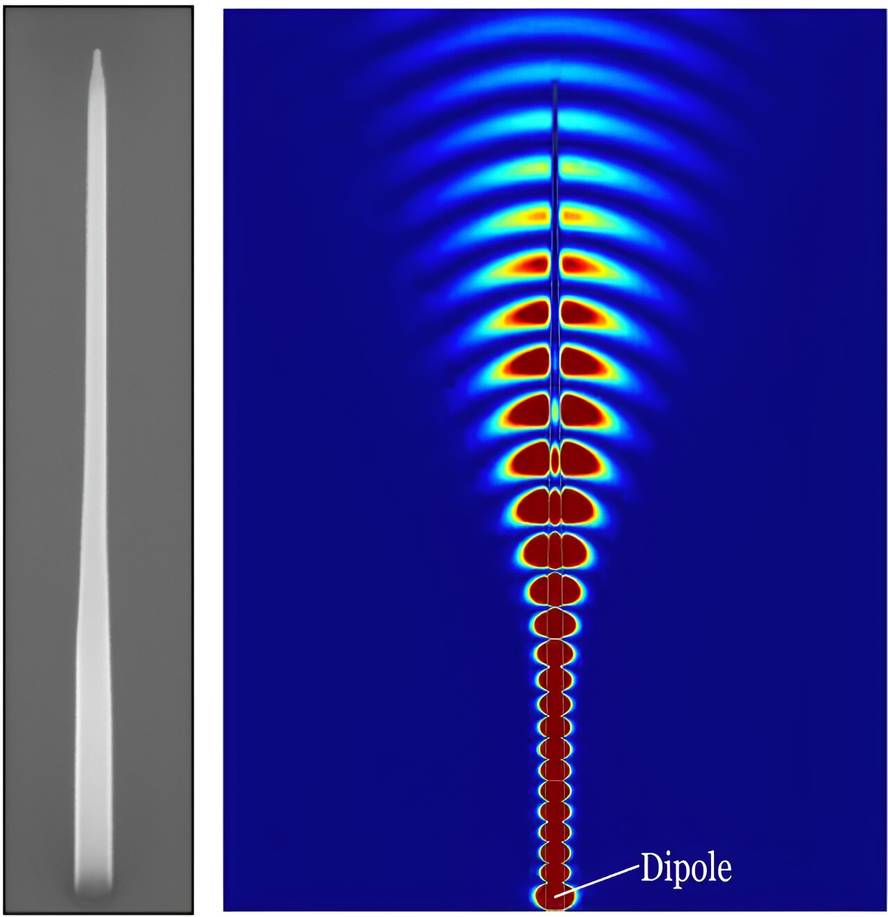Develop an effective technique for creating locked photons

They have developed a technique to generate with great efficiency pairs of virtually perfect photons quantum complexes. Researchers stress that this is a breakthrough in the field of quantum communication, which can be very useful, among other things, for high-security communications. The work has been published in the journal Communications Physics.
Researchers combining quantum entanglement (2022 Nobel Prize in Physics) and quantum dots (2023 Nobel Prize in Chemistry) have significantly improved the process of creating tangled photons. The introduction of semiconductor quantum dots into a nanocable has led to an effective source of production of tangled photon pairs. Tangled photons are produced by excising this laser source, the tangling is almost perfect and the effectiveness is 65 times greater than that obtained so far. In fact, a good level of complication and high efficacy, both keys for practical applications, have been highlighted by researchers. And the experiments that were carried so far were accomplished either.
Using this new source, they simulated a secure communications method: quantum key distribution. So they've shown that sources of quantum dots can be very useful in the field of safe quantum communications.





